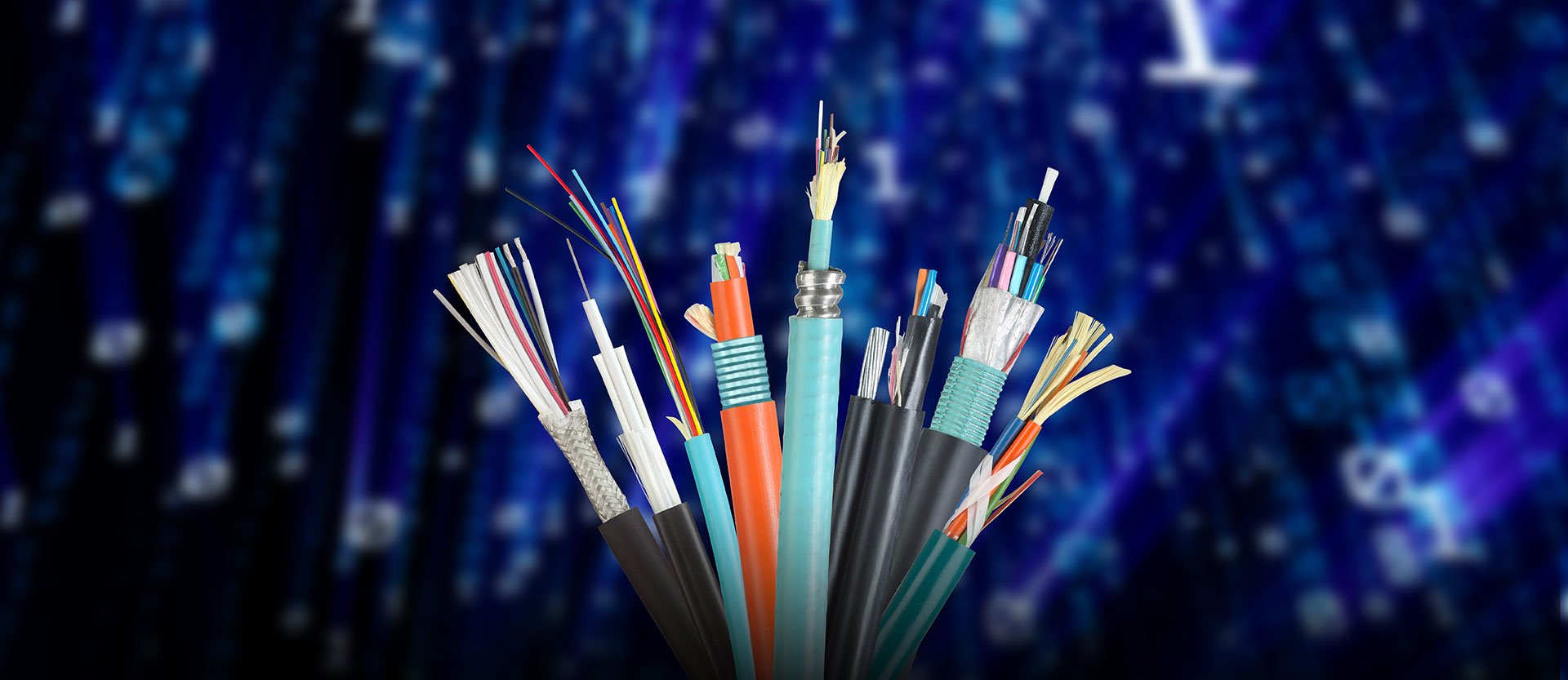
Fiber Optic Cable Trends
The need for high-bandwidth, high-speed broadband internet has increased exponentially as more Americans and others worldwide have been working and learning from home. Fiber optics are at the forefront as the most viable solution to the problem of low bandwidth and sub-par quality internet connections.
Landline service providers have expanded service capabilities on currently in-service fiber-optic cable systems. They’re doing this by using more wavelengths in dense wavelength division multiplexing systems and new transmission technologies that increase speeds, which now approach one terabit per second.
Learn more about what’s new in fiber optics and what to expect in the years to come.
New Fiber Optic Cable Types
Structured Cabling Demand Increases
As we’ve witnessed from the COVID-19 pandemic, the quality of our internet connections matters. Many families found themselves working from home while also having children using the family Wi-Fi for online remote learning. The lack of bandwidth became an obvious issue.
As demand for adequately powerful home internet bandwidth has increased exponentially over the past year, millions of Americans have opted to make the switch to the much faster fiber-optic internet options available. However, they didn’t account for the relatively weak signal broadcasted throughout the home from fiber-optic connections. Users who operate more than one room or floor away from internet connections have struggled with connectivity strength.
Because of this, internet service providers and third-party contractors have seen a dramatic increase in demand for structured cabling installations that run fiber-optic cables throughout an entire building’s structure, ensuring the highest quality connections for occupants regardless of where they are located on the premises at any given time.
Increases in Fiber Optic Densification in U.S. Cities
In much the same way that structured cabling throughout homes and buildings increases the signal strength of fiber optic to the premises (FTTP), the aggressive expansion of fiber-optic infrastructure in U.S. cities is integral to the success of 5G wireless networks. Without it, they function as well as 4G LTE or worse.
The problem with 5G wireless networks is that they are limited by two substantial factors. The first is the incredibly short-range effectiveness of a 5G signal. The second is how ineffective 5G is at penetrating walls and other structures.
Telecommunications companies are beginning to combat this issue of signal strength with dense backhaul networks comprised of many mini-towers and antennas intended to boost the effectiveness of 5G coverage.
These backhaul networks will need to transmit data in near real-time if they are to match the speed of 5G with an uninterrupted connection. Industry experts believe that fiber-optic cabling is the solution that can adequately match the bandwidth demands required to properly support 5G wireless networks.
As 5G wireless networks continue to become more widespread throughout the nation, the need for high-quality fiber-optic cable infrastructure will continue to grow. It is the most effective current technological solution to boosting bandwidth to previously unseen heights.
Why Demand for Custom Fiber Optic Cable Is Rising
For the last handful of years, the bulk of the strain on internet bandwidth for internet service providers has been in the evening hours when customers are streaming entertainment such as Netflix and Hulu or playing bandwidth-draining video games.
The current network infrastructure in place for the major players in U.S. telecommunications and wireless internet — Verizon, AT&T, and CenturyLink — has held up surprisingly well during the pandemic, which supported an increase of millions of Americans working and schooling from home.
Fiber optic cables offer much higher bandwidth when compared to many current and recently-used internet solutions like DSL and broadband. Because of the robustness of hybrid and light-speed fiber-optic connections, many ISPs are making the switch to fiber-optic cables for the transmission of data to customers.
Ask The Experts Your Fiber Optic Cable Questions
Remee Wire and Cable is your source for almost any type of fiber optic cable your business might need — Outside Plant, Premise, Composite (fiber + copper), and Hybrids. Any of Remee’s stock may be cut to order. Remee offers high-value expertise and provides products meeting unique customer solutions.
The Powered Fiber Copper Solution (PFCS), a part of the Activate™ by Remee line, is a composite cable that is ideal for PON, DAS, microcell antennas, or other applications requiring a large backhaul and small power delivery to extended distances. It combines copper conductors for power delivery and plenum fiber for larger bandwidth requirements and is available in round, siamese, and bundled designs depending on your application needs and IEC/ETL listing requirements.
Contact Remee today to request information about available products or a quote for your next fiber-optic cable project.